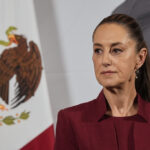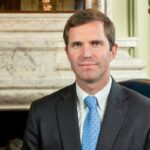Africa’s Great Green Wall has hit a few snags, mostly because the world is focused on just surviving financially, as out of control governments waste massive amounts of money on useless programs rather than fixing peoples financial issues, and a war rages in Europe. There have been some modest gains for the project, which plans to build an 8000-kilometer (4970-mile) long forest through 11 nations across the width of Africa to hold back the ever-growing Sahara Desert. As reported by the AP:
The United Nation’s desertification agency said the plan has several additional challenges to overcome, such as lukewarm high-level political support
OUAGADOUGOU, Burkina Faso (AP) — A series of complex challenges, including a lack of funding and political will as well as rising insecurity linked to extremist groups al-Qaida and the Islamic State in Burkina Faso, are obstructing progress on Africa’s Great Green Wall, according to experts involved in the initiative.
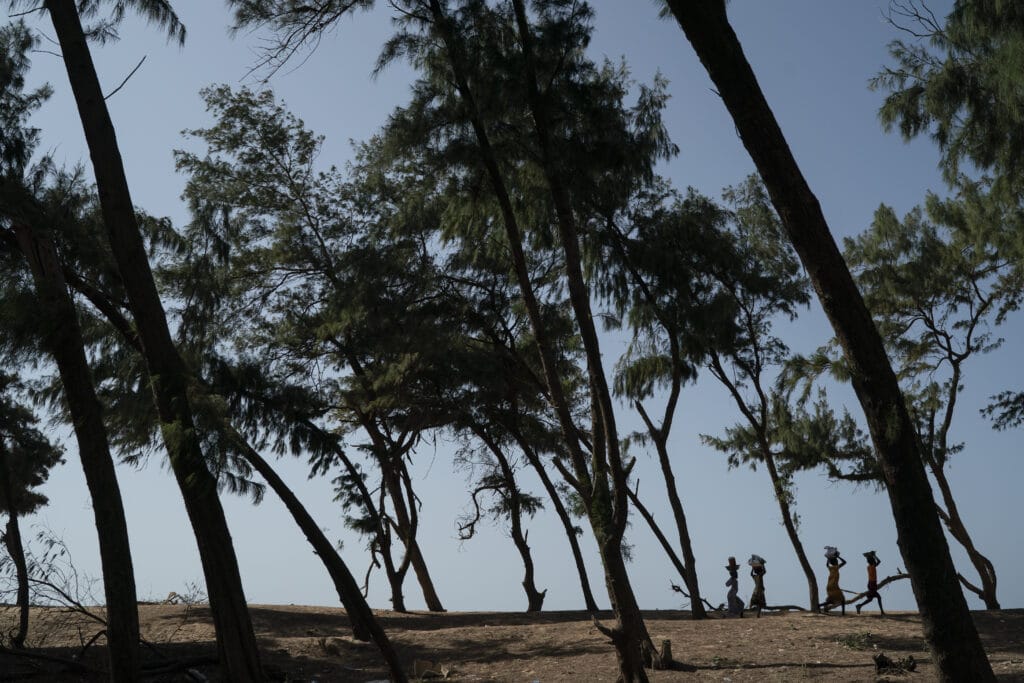
There have been some modest gains for the project, which plans to build an 8000-kilometer (4970-mile) long forest through 11 nations across the width of Africa to hold back the ever-growing Sahara Desert and fend off climate change impacts, but many involved with the plan are calling for renewed momentum to combat both insecurity and environmental decline.
Just 4 million hectares (9.9 million acres) of land has been afforested since work on the Green Wall began 15 years ago — a mere 4% of the program’s ultimate goal.
Adama Doulkom, the coordinator for the Great Green Wall for the Sahara and the Sahel Initiative in Burkina Faso, said political instability and security issues are significantly stalling progress in nearly 4,000 villages across the country.
“Terrorist attacks in the affected regions have forced populations to disperse. This limits people’s movements, making it hard for us to directly monitor field actions which could lead to difficulty in creating improvements in certain areas,” Doulkom said.
In the last three years Burkinabe’s Sahel, north and east regions have become inaccessible. Much of the Sahelian region designated for the Green Wall is rife with security issues, with efforts in Sudan, Ethiopia, Mali, Chad, Niger, and Nigeria all impacted.
The United Nation’s desertification agency said the plan has several additional challenges to overcome, such as lukewarm high-level political support, weak organizational structures, insufficient coordination and financing, and not enough consideration in national environmental priorities.
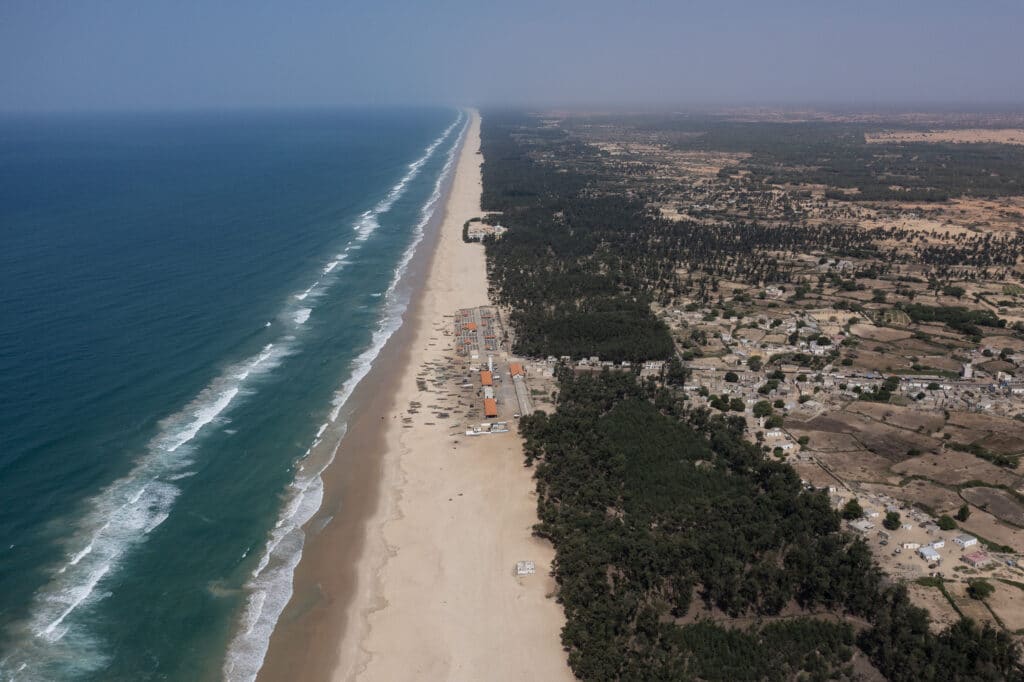
The Great Green Wall featured prominently at the U.N. agency’s two-week summit in Abidjan in Ivory Coast, which wrapped up Friday. Desertification, which has severe impacts on food production and security, is exacerbated by climate change and agricultural activity.
First proposed in 2005, the program aims to plant a forest all the way from Senegal on the Atlantic Ocean in the west to Eritrea, Ethiopia, and Djibouti in the east. It’s hoped the initiative will create millions of green jobs in rural Africa, reduce levels of climate-related migration in the region and capture hundreds of millions of tons of carbon dioxide from the atmosphere. Several countries have struggled to keep up with the demands of the project, with Mali, Nigeria, Djibouti, and Mauritania in particular lagging behind.
The U.N. desertification agency says up to 45% of Africa’s land is impacted by desertification, making it more vulnerable than any other continent. The agency’s director, Ibrahim Thiaw, believes that can have multiple negative effects on surrounding communities, including security concerns.
A report released Sunday by the Stockholm International Peace Research Institute also noted the link between environmental degradation and conflict. “In the Sahel, social tensions combined with inadequate governance and environmental decline to produce a bigger security risk,” it said.
“By restoring land, you reduce conflicts and irregular migration. There is a link between land restoration and irregular migration,” said Ibrahim Thiaw. “Land restoration is a no-regrets option in that any effort to recover soil health, replenish natural capital and restore land health will deliver benefits that far exceed the costs.”
“What we are calling for now is action to accelerate the implementation of such a program to make sure that farmers, pastoralists, local communities and women are all associated with it,” he added.
Despite a multitude of setbacks, those involved in the project remain optimistic. The coordinator of the Great Green Wall, Elvis Tangem, told the Associated Press that while conflict has slowed down the progress of the project, it has also opened up newer opportunities.
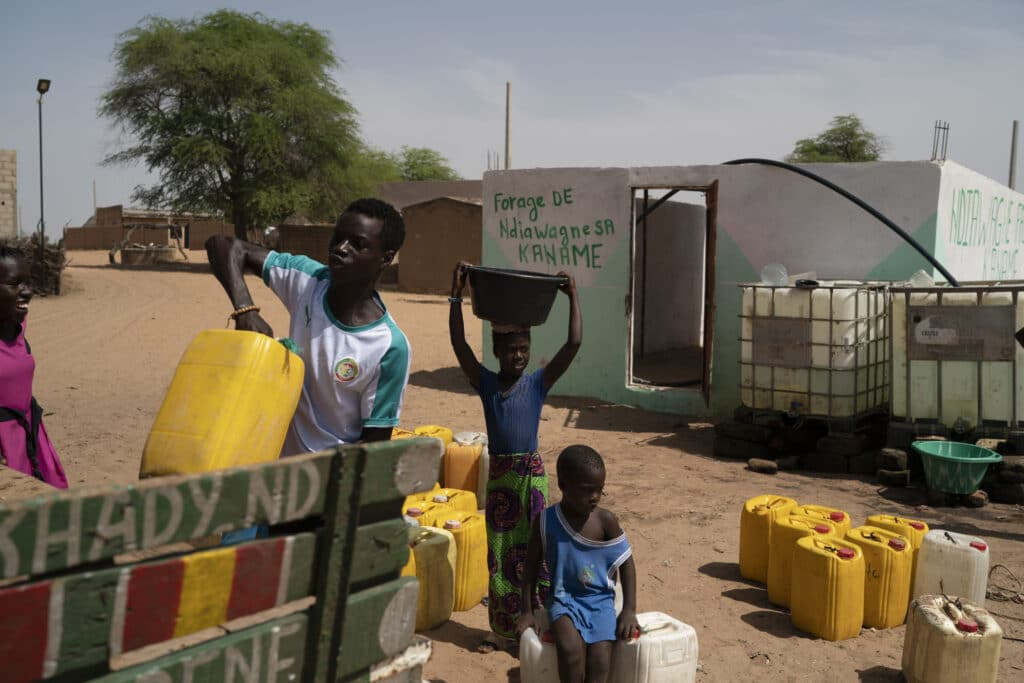
“It started as an environmental project, but the dynamics of the region have made us look beyond the ecological aspects of the project and to embrace direct community concerns such as conflict resolution, peace building, youth development, women empowerment and rural development especially among pastoralists and farming communities,” he said.
Some progress has been made in recent years in the east of the continent, according the the program’s coordination office in Addis Ababa.
Eritrea, Ethiopia, and Sudan have all expanded their efforts, with Ethiopia producing 5.5 billion seedlings leading to thousands of hectares of restored land as well as an uptick in job creation. Efforts in Eritrea and Sudan have also resulted in nearly 140,000 hectares (346,000 acres) of afforestation.
Niger is also hailed for making considerable progress.
“In terms of measurable restoration milestones on the ground, Niger can be said to be far ahead of most of the countries with significant citizen awareness and contributing reforestation activities at all levels,” said Tabi Joda, a Great Green Wall ambassador. “More communities are embracing the initiative and taking the lead through their own community led solutions.”
Joda, who heads up youth mobilization for the project, noted that the scheme has seen strong governmental support in Senegal and Nigeria.
Between $36 and $43 billion are needed to realize the Green Wall by 2030, according to estimates by the World Resources Institute. The African Development Bank pledged approximately $6.5 billion for the wall by 2025 during the U.N.’s climate conference in November last year following an effort led by France in early 2021 which committed $14.5 billion towards the project, falling significantly short of the WRI’s estimate.
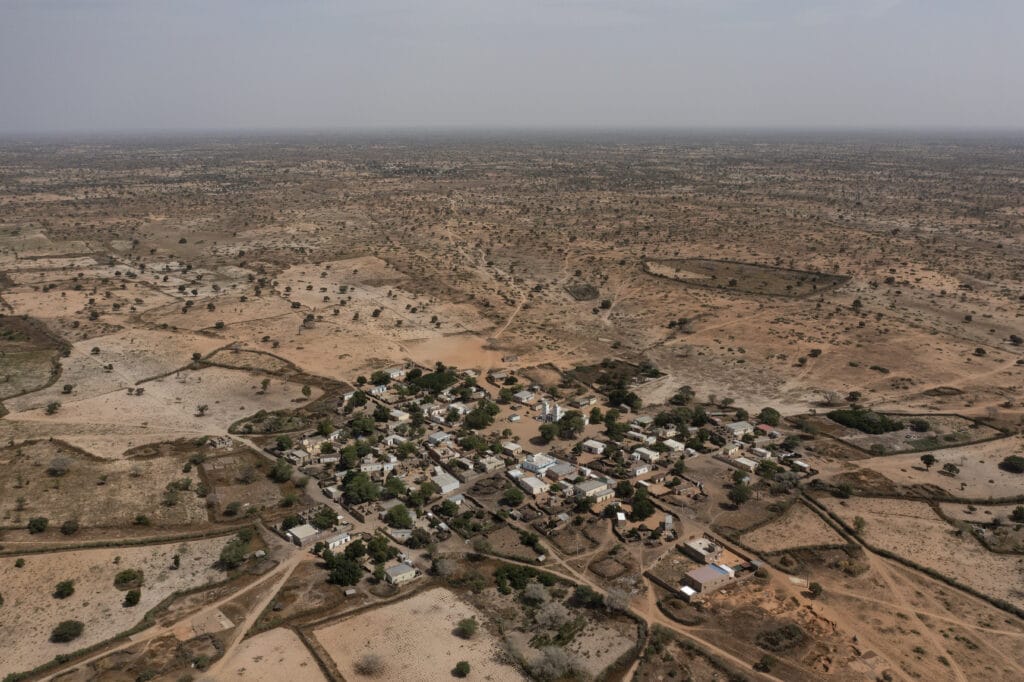
The U.N. desertification agency says the current land restoration pace must be ramped up to an average of 8.2 million hectares (20 million acres) per year if the project is to achieve its self-imposed goal of 100 million hectares (247 million acres) restored by 2030.
“Investments must be intentional to deliver opportunities that create the right dose of green jobs needed by the critical mass of youths and communities vulnerable to irregular migration and violence due to competition over scarce resources caused by land degradation,” Tabi Joda said.
By WANJOHI KABUKURU and SAM MEDNICK
Wanjohi Kabukuru reported from Mombasa, Kenya.

